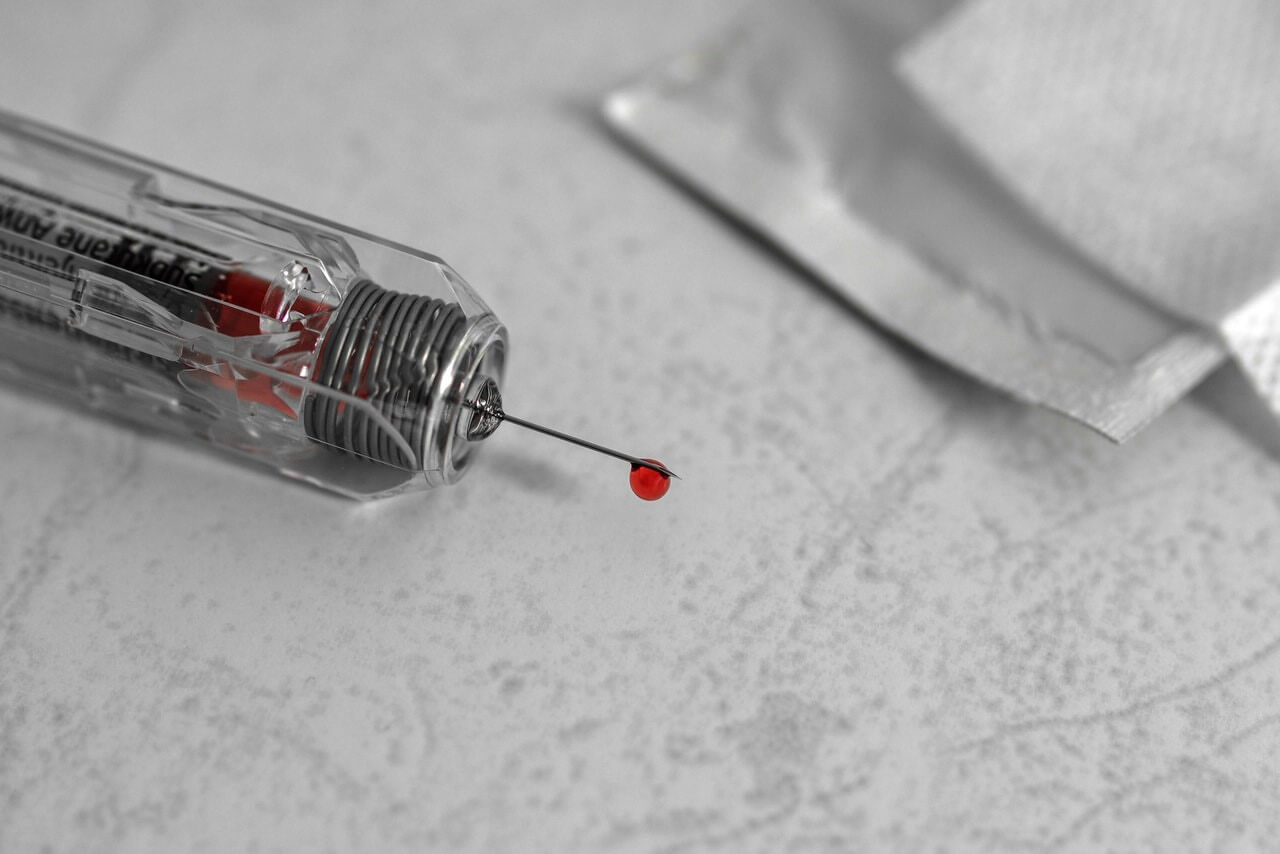Anemia is a general broad term that includes a couple possible in variations in red blood cells. Nutritional deficiencies of iron, folate and vitamin B 12 leads to anemia, as do some health conditions related to the production of red blood cells in the body. (1)
In order to maximize on your ability to generate healthy red blood cells, keep these 4 goals in mind.
Goal #1 Get enough iron in your diet.
Adult women need 18 micrograms per day and men need 8 micrograms. Iron comes in two forms: Heme and non-heme, the heme form absorbs more easily into the body.
The heme form is found in animal protein such as: beef, liver, chicken, clams and tuna fish.
The non-heme form is found in plants such as: black strap molasses, raisins, prunes, prune juice, cooked spinach and kale.
Goal #2 Get enough folate and vitamin B 12 in your diet.
Adult men and women both need 400 micrograms per day of folate and 2.4 micrograms per day vitamin B 12. If there is not enough of either of folate and vitamin B 12 then alterations can occur in during the formation of red blood cells.
Vitamin B 12 can be found in these foods: clams, beef liver, trout, salmon and tuna.
Folate can be found in these foods: asparagus, lentils, garbanzo and lima beans.
Goal #3 Avoid drinking milk with meals.
There are a variety of factors within our body and our diet that determine iron absorption. Calcium in our diet is one such thing, during digestion calcium competes with iron for absorption in the intestine. Although the actual amount of competition varies, some studies report as little as 70-300 micrograms can inhibit iron absorption. (1)
Goal #4 When eating iron rich foods, include citrus fruit and add a squeeze of lemon to your water.
Just as there are factors that compete for absorption of iron, there are factors that encourage absorption. The ascorbic acid found in citrus fruits has been shown to enhance absorption of iron. (2)(3)
Sources
- Mahan, L. K., & Raymond, J. L. (2017). Krauses food & the nutrition care process. St. Louis, MO: Elsevier.
- And, R. H. (2010, May 01). Iron Bioavailablity and Dietary Reference Values . Retrieved June 23, 2017, from https://ajcn.nutrition.org/content/91/5/1461S.long#ref-34
- (2017, May 05). Retrieved June 23, 2017, from https://lpi.oregonstate.edu/mic/minerals/iron#food-sources
- Ballot, D., Baynes, R. D., Bothwell, T. H., Gillooly, M., Macfarlane, J., Macphail, A. P., . . . Bothwell, J. E. (2007, March 01). The effects of fruit juices and fruits on the absorption of iron from a rice meal | British Journal of Nutrition. Retrieved June 23, 2017, from https://www.cambridge.org/core/journals/british-journal-of-nutrition/article/effects-of-fruit-juices-and-fruits-on-the-absorption-of-iron-from-a-rice-meal/9D3406A98BB336370F6412B614861950

